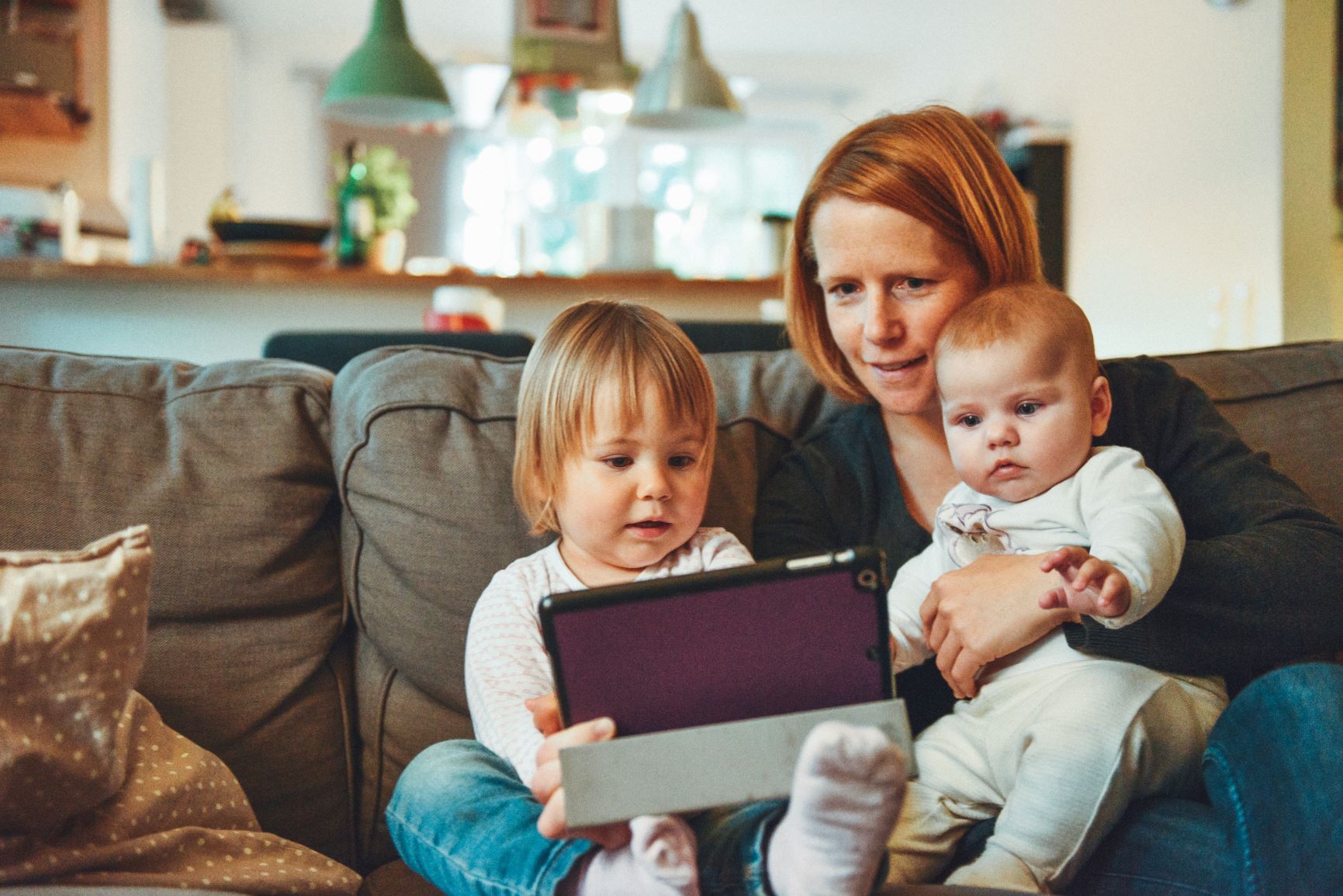Traditionally, employers expected mothers to take time away from their careers to look after their children. Maternity leave is therefore available for up to 52 weeks, while fathers only get a meagre 2 weeks of paternity leave. But did you know that there is another option? In April 2015, the Government made Shared Parental Leave, along with Shared Parental Pay (ShPP), available to new parents. This allows you to share your time away from work following the birth of your baby. Estimates suggest that 50% of the general public are unaware of this, and only 2% of eligible couples have taken up this option. But it is worth considering as it can have benefits for both mum and dad.
What's Included?
What is Shared Parental Leave?
Parents are entitled to take up to 50 weeks of leave from work. Either parent can take this. Parents can even take up to 6 months of leave from work at the same time. This is one of the great advantages of Shared Parental Leave (SPL). It means that both parents can be there to support each other. This can be good in the difficult first few months with a new baby.
Another option is for parents to take SPL separately. This allows them to cover a longer period of time. For example, it would be possible for mum to take 25 weeks of leave and then return to work. Dad could then take the remaining 25 weeks of leave.
Any maternity leave that has already been taken is deducted from the amount of SPL available. Remember that mum has to take a compulsory two weeks off work following the birth of her baby. This is why maternity leave is 52 weeks, whereas SPL is only 50 weeks.
Unlike maternity leave, you can take SPL in three separate blocks. This means that parents can go back to work between blocks of leave. But you must agree this with your employer if you want to take the leave over more than one period of time.
The opportunity to have time off work during the first year of their baby’s life is great for helping dads to bond with their new arrival. It also means that they don’t miss all those special moments seeing their baby doing things for the first time.
SPL means that mum can return to work earlier. This can be helpful if you’re in a career where taking a long absence may disadvantage your prospects. Knowing that your baby is safe at home with dad can make the transition back to work easier. It also means that you don’t have to worry about organising childcare just yet.
What is shared parental pay?
It is important to note that, although you are entitled to 50 weeks of Shared Parental Leave, there are only 37 weeks of Shared Parental Pay (ShPP). This means that the last 13 weeks of SPL are unpaid.
Under Shared Parental Pay (ShPP), you will be paid at a rate of £145.18 per week or 90% of an employee’s average weekly earnings, whichever is lower (as of September 2018).
Maternity pay is 90% of the mother’s average earnings for the first six weeks. Maternity pay then reverts to Statutory Maternity Pay (SMP). This is the same amount as Shared Parental Pay (ShPP). Depending on your usual earnings, it’s possible that it would make more financial sense to take maternity leave for the first six weeks. After this period, you could then switch to SPL.
It is also worth checking your employment contract. This is because some companies offer enhanced pay for maternity leave. It could mean that you would be better off financially remaining on maternity leave for a longer period of time.
It’s essential to work out your finances carefully before deciding how to split up leave from work between mum and dad. Have a read of our article ‘Are you ready for the cost of having a baby?’. This includes more handy hints and helpful tips on getting ready for your baby’s impact on your finances.
Mum has to end her maternity leave to take SPL. Once maternity leave has ended, it is not usually possible to change back. So, it is important to think carefully and make an informed decision.
Am I eligible for SPL and ShPP?
To be eligible for both parents to take Shared Parental Leave, they need to meet certain criteria. Your employer must class both of you as employees. This means that if you are on a zero hours contract, you may not be eligible.
Both parents also have to meet a ‘continuity of employment’ test. Each parent must have been employed by the same employer for at least 26 weeks up to the end of the qualifying week. This is the 15th week before the baby’s due date. They must remain working for the same employer throughout the period of SPL, even if they take it in more than one block.
Only parents can take SPL. For example, if your daughter has a baby, you can’t take SPL as a grandparent.
The criteria for Shared Parental Leave and Shared Parental Pay (ShPP) are slightly different. This means that you may be eligible for SPL, but not for ShPP. Make sure you check this before making a decision.
To be eligible for Shared Parental Pay (ShPP), both parents must have average earnings of at least £116 per week during the calculation period. This period is 8 weeks before the end of the qualifying week (the 15th week before the baby’s due date).
How to apply for SPL and ShPP
Each parent must apply to their own employer to take Shared Parental Leave. You need to give your employer 8 weeks written notice of when you intend to start a period of leave. You can change your mind, but you need to give your employer 8 weeks’ notice of any changes.
In summary…
Shared Parental Leave and Shared Parental Pay (ShPP) may be a fantastic option for new parents who want to be able to share their time away from work. But it is important to check which option would be most financially beneficial for your own situation before making a decision.
Thinking of becoming a full-time stay at home mum? Have a read of ‘Stay at home mum: it’s no luxury, it’s hard work’ to find out what it’s really like!
Or maybe you’re thinking of returning to work in the future and could benefit from our ’10 simple tips for balancing work and family’?
In the meantime, both mum and dad being off work during baby’s first year is a great way to find time to bond as a family. And, of course, there’s the added bonus of having someone on hand to help with all those dirty nappies and sleepless nights!
Credibble offers two fabulous solutions
If you’re preparing to take a mortgage, never apply until you’ve tried our unique and FREE Credibble Home app. Our smart technology will tell you what you need to fix so you avoid rejection. The app predicts when you will be able to buy, for how much and tracks your month-by-month progress to mortgage success. We’ve even added your own mortgage broker, so you get the best deals available.
More focused on your credit rating? Well, get started for free with Credibble’s 24- Factor Credit Check to truly help you improve your creditworthiness and how lenders view you. (Remember: lenders don’t use your credit score! We’ll show you what lenders look for and how to get your credit report in the best shape possible).
Last updated by Robert Edwards, May 2022









